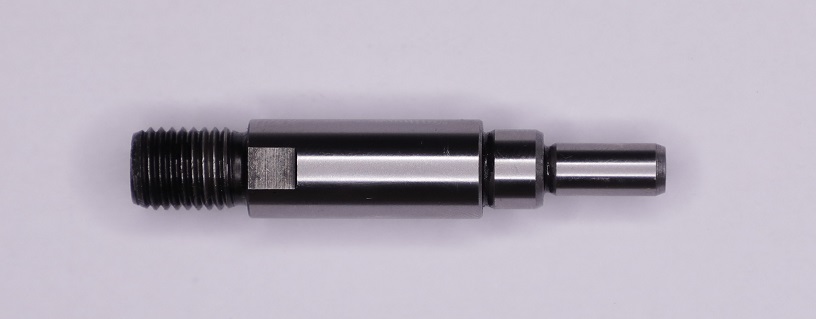- No.361, SIDCO Industrial Estate, Ambattur, Chennai - 600 098.
- (+91) 95009 79331 srinivasin62@gmail.com

Feeding: It moves the drill bit into the workpiece, controlling the drilling depth and feed rate. Accuracy and Stability: The spindle's design and construction directly impact the accuracy and stability of the drilling process, affecting the hole's depth, placement, and angle.

Standard Drilling Spindles: These are commonly found in general-purpose drilling machines for a wide range of materials and applications. High-Speed Spindles: Used in applications like PCB drilling and routing, where high rotational speeds are necessary. Hydraulic Spindles: These utilize hydraulic pressure for feeding the spindle, often found in drilling, chamfering, and other machining operations. CNC Spindles: Integrated with CNC machines, these spindles are controlled by computer numerical control systems, enabling precise and automated drilling operations. Multi-Spindle Heads: Used in mass production, these heads allow for drilling multiple holes simultaneously, significantly increasing productivity.
Spindle Body: The main structure that houses the bearings and other internal components.